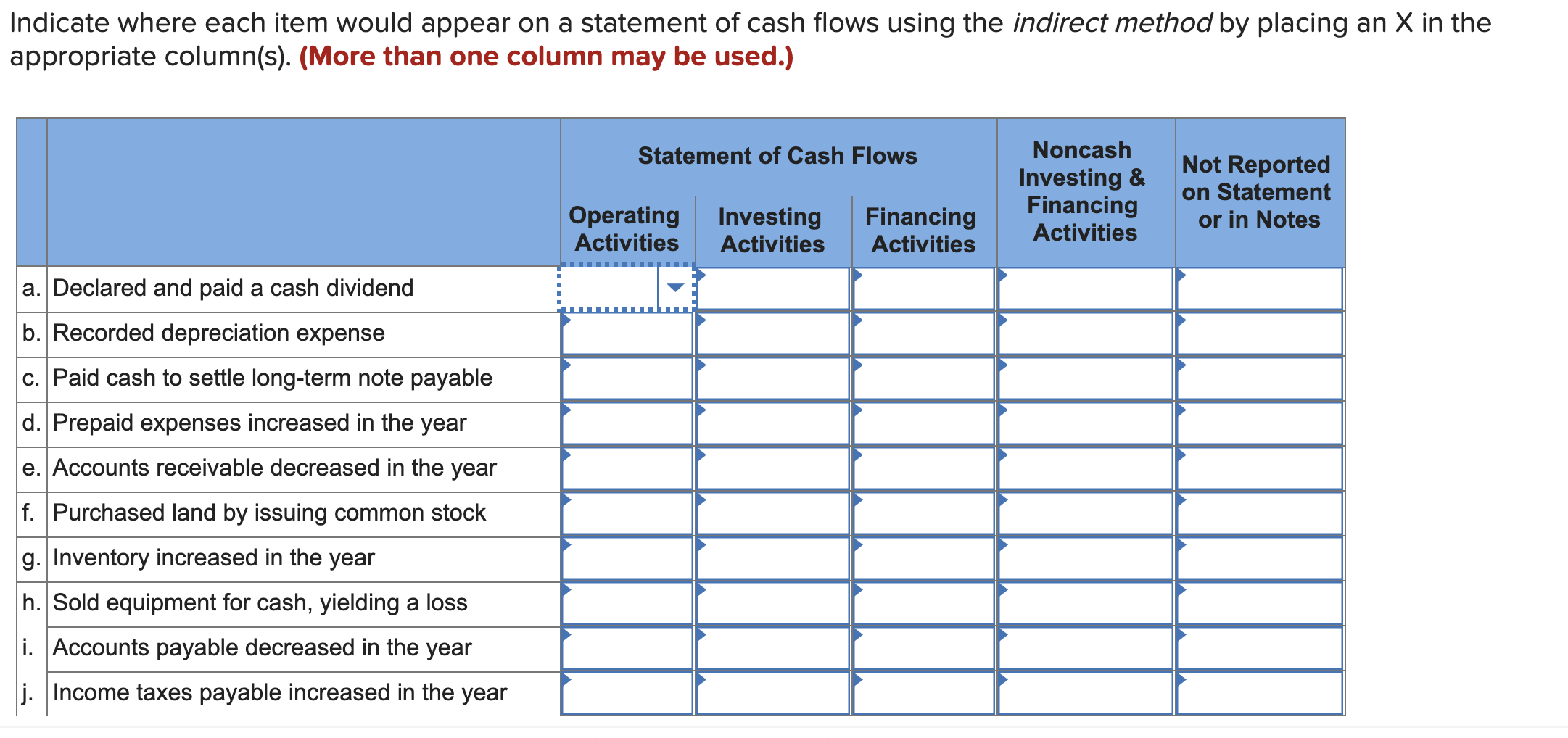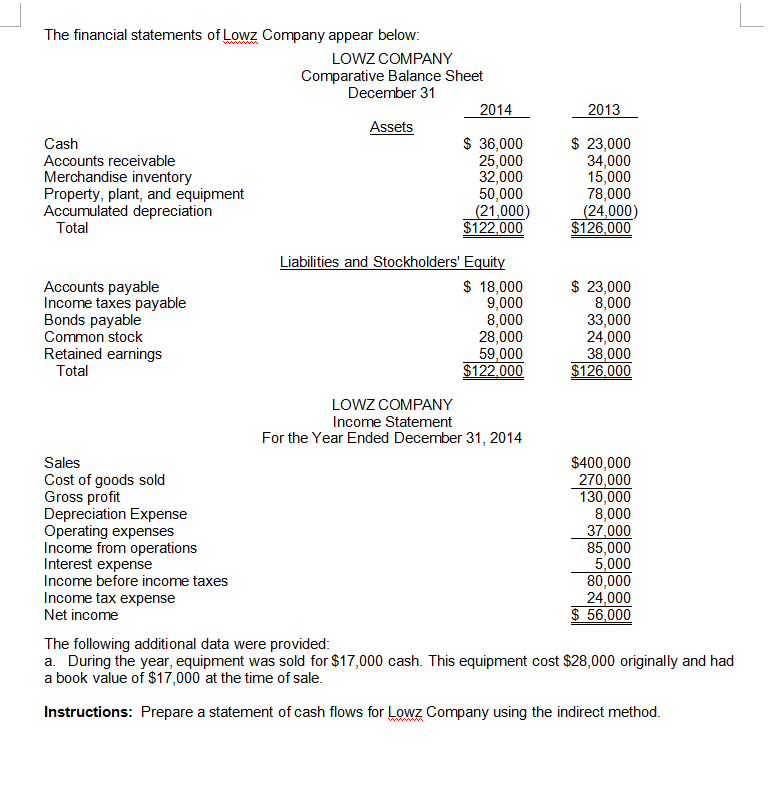


The total cash outflow is $65,500 in this example versus $55,000 in Table 1 in which no funds are borrowed. In this situation, the down payment is a cash outflow at the time of purchase and the annual debt payments (principal and interest) are cash outflows over the term of the loan as shown in Table 2.

If money is borrowed for the purchase of the machine, the cash outflows and expenses are different from those in Table 1. So the impact on annual operations from the purchase of the machine is considerably different depending on whether you are focusing on liquidity or profitability. The net cash outflow and depreciation expense are both $55,000, although the cash flow transactions are just at the beginning and ending of the period, while the depreciation expense is spread over most of the 10-year period. In the example in Table 1, a $70,000 machine is purchased and used for 10 years, at which time it is sold for $15,000. However, to more accurately calculate profitability, a more realistic depreciation amount can be used to approximate the actual decline in the value of the machine during the year. This is additional income in year 10.ĭepreciation calculated for income tax purposes can be used. Because the machine is completely depreciated over the seven-year period (is shown to have no remaining value) but sold for $15,000 at the end of year 10, $15,000 of depreciation needs to be repaid (depreciation recapture). This is called "depreciation." In the tables below, a $70,000 machine is depreciated over seven years at the rate of $10,000 per year. Because the machine is a capital asset and has a life of more than one year, it is included as an expense item in an income statement by the amount it declines in value each year due to wear and obsolescence. For example, the purchase of a capital asset, such as a machine, is a cash outflow if you pay cash at the time of purchase as shown in the example in Table 1. However, there are many cash items that are not income and expense items, and vice versa. The timing is also the same if a check is written at the time of purchase. The purchase of ingredients and raw materials (cash method of accounting) are both an expense and a cash outflow item. Many expenses are also cash outflow items. The timing is also often the same as long as a check is received and deposited in your account at the time of the sale. The sales of products by the business are usually both income and cash inflows (cash method of accounting). Liquidity is a short-term phenomenon: Can I pay my bills? Profitability is a medium-term phenomenon: Am I making money? Cash flow (liquidity) is represented in a cash flow statement while income and expenses (profitability) are represented in an income statement. You may think of cash flow as transactions that affect your business "checkbook" and profitability as items that impact your "income tax return".Ĭash inflows and outflows show liquidity while income and expenses show profitability. When expenses are subtracted from income the result is profit (loss).

Profitability represents the income and expenses of the business. When cash outflows are subtracted from cash inflows the result is net cash flow. Cash flow represents the cash inflows and outflows from the business. Although closely related, cash flow and profitability are different. People often mistakenly believe that a cash flow statement will show the profitability of a business or project.
Cash flow statement depreciation pdf#
Pdf Cash Flow and Profitability Are Not the Same


 0 kommentar(er)
0 kommentar(er)
